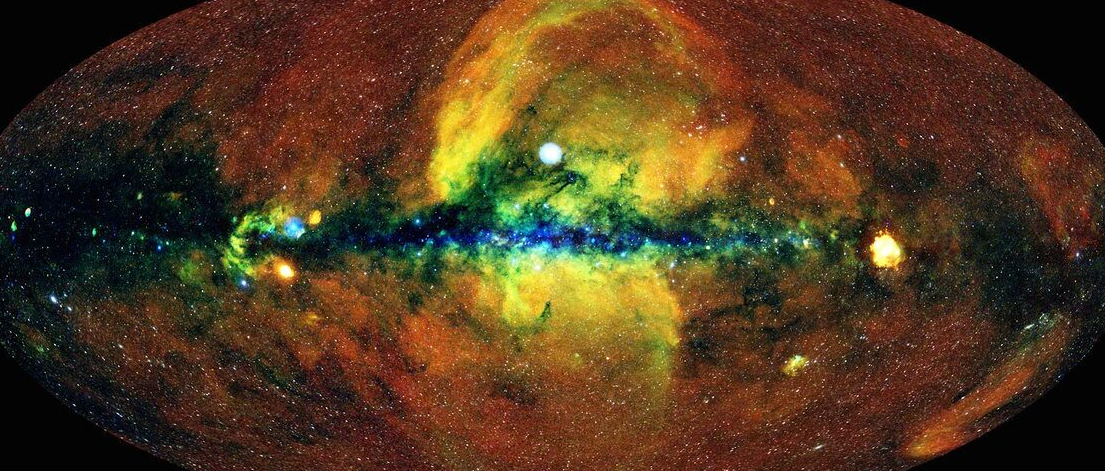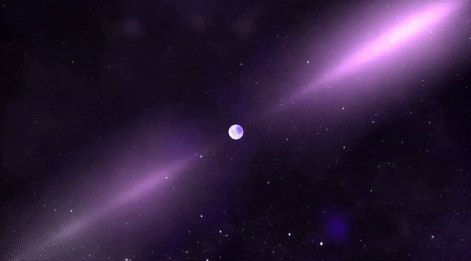
Introduction
The High Energy Astrophysics Laboratory at the Sharjah Academy for Astronomy, Space Sciences, and Technology (SAASST) studies astrophysical systems and objects that emit high-energy radiation. These systems exhibit extreme physical conditions characterized by intense gravitational forces, high densities, and temperatures, enabling them to radiate in the high-energy band, particularly in the X-ray range.
Our primary focus is on binary star systems composed of compact objects such as black holes and neutron stars. By analyzing data from space-based telescopes developed by international space agencies, we explore the nature and evolution of these high-energy systems. We aim to understand the physical processes occurring within these astrophysical phenomena through specialized software and advanced data analysis and simulation techniques.
Our contributions directly impact the scientific community while supporting educational development at the University of Sharjah and local and international universities by engaging students in research projects and workshops.

Objectives
Our research aims to shed light on the elusive nature of accreting compact objects across all scales, employing a combination of space and ground-based observatories, advanced numerical techniques, and simulations. The lab focuses on: (Add photos of X-ray source “The artistic image of Cygnes X1”, and Telescope “XMM-Newton”)
- Understanding the structure and physics of compact objects, and the accretion processes occurring via disks or stellar winds.
- Investigating the mechanisms of accretion onto neutron stars and black holes through the electromagnetic spectrum.
- Analyzing high-mass X-ray binary (HMXB) systems using observations, theoretical interpretation, and simulations.
- Utilizing observational data from major X-ray observatories (e.g., XMM-Newton, ESA, Chandra, INTEGRAL, Swift Observatory, NuSTAR) and ground-based facilities (e.g., ESO, VLT, 1m-class telescopes)
Research Projects

Hydrodynamic Simulations of Accretion Disks
Using hydrodynamic simulations, the team models accretion disks around black holes and neutron stars to study the material's movement and energy mechanisms, providing deeper insights into these compact systems.

Improving X-ray Data Analysis with Bayesian Statistics
The team is enhancing statistical methods for analyzing X-ray data and improving accuracy in model parameter estimation. This helps interpret complex data from celestial objects like neutron stars and black holes.

X-ray Sources Data Analysis from Observatories
Analyzing data from X-ray observatories to extract scientific products from sources like X-ray Binaries and active galactic nuclei (AGN), contributing to the understanding of high-energy astrophysical objects.
Facilities and Expertise

Programming and Data Analysis
Tailored workshops covering Python, XSPEC, XRONOS, and advanced data processing techniques.

Astrostatistics
Focused sessions on statistical methods in astrophysical research, including Bayesian analysis and machine learning applications.

Simulations
High-reliability simulations to model and analyze astrophysical phenomena

